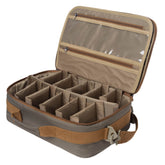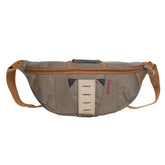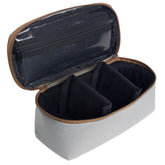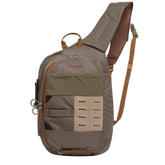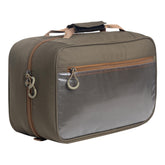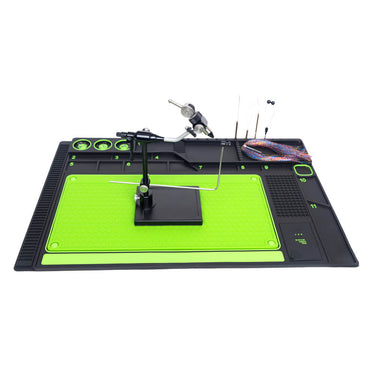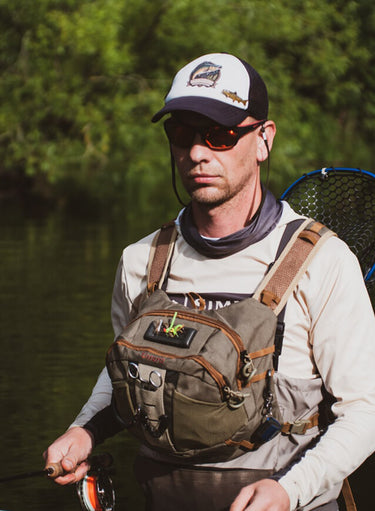Flies Kit: The Essential Guide to Fly Fishing Flies and Tying Kits
When it comes to fly fishing, having the right equipment can make all the difference in your experience. A well-curated flies kit not only enhances your chances of a successful day on the water but also enriches your approach to the sport. I find that a comprehensive fly fishing flies kit allows me to adapt to various conditions and species, making each outing unique.

Choosing the right fly tying kit is essential for those who enjoy crafting their own flies. With such a kit, I can customize patterns to match local hatches, ensuring that I’m always prepared. Having an assortment of fishing flies at my disposal means I can target specific fish and use varied techniques to improve my catch rate.
Understanding the importance of these kits can elevate my fly fishing journey. By investing in a quality flies kit, I set myself up for success, whether I’m a novice or an experienced angler.
Understanding Fly Fishing

I find fly fishing a unique blend of art and technique. It involves specialized gear and a keen understanding of fish behavior. Key elements include the right flies and fly fishing kits that can enhance the experience.
Fly Fishing Fundamentals
Fly fishing requires a distinct approach compared to traditional fishing methods. The fly rod is a critical piece of equipment, designed to cast lightweight flies that mimic the natural food of fish.
Essential components of this sport include:
- Casting Techniques: Mastering various casts like the roll cast and overhead cast is vital.
- Understanding Fish Behavior: Knowing when and where fish are likely to feed increases success rates.
An experienced angler can identify the best times and locations for fishing, enhancing both the skill and enjoyment of the activity.
Fly Fishing Flies Kits
When starting in fly fishing, a comprehensive fly fishing flies kit can make the experience easier and more enjoyable. These kits often include a variety of flies designed for different species and conditions.
Factors to consider when selecting a kit include:
- Fly Varieties: Dry flies, wet flies, nymphs, and streamers.
- Premium Quality Materials: High-quality materials ensure durability and effectiveness in the water.
An assortment that combines both common and specialized patterns can prepare me for various fishing situations. Investing in a well-rounded kit elevates both my skills and catches while on the water.
Fly Tying Essentials
Fly tying is a skill that combines art and technique, requiring the right tools and materials to create effective flies. Understanding what to include in a fly tying kit and mastering advanced techniques can greatly enhance my fishing experience.
Beginner's Guide to Fly Tying Kits
A well-equipped fly tying kit is essential for anyone starting this craft. Basic kits typically include a vise, threads, hooks, and a selection of materials like feathers and furs.
Important tools to consider:
- Vise: Holds the hook securely.
- Scissors: For trimming materials.
- Bobbin: For loading and controlling thread tension.
- Whip finisher: To secure knots.
I prefer high-quality materials from brands like Hareline, as they impact the durability and effectiveness of the flies. A starter kit should also have an instruction manual or access to tutorials to help me learn the basics.
Advanced Fly Tying Techniques
Once I grasp the basics, I can explore advanced fly tying techniques. These methods often involve specialized materials and intricate patterns that mimic natural bait more effectively.
Key techniques include:
- Dubbing: Applying materials to create body thickness.
- Dry Fly vs. Wet Fly: Understanding the differences in tying styles.
- Color Theory: Selecting colors that attract fish.
Utilizing high-quality materials allows for better fly performance. Experienced anglers often experiment with custom patterns to adapt to specific fishing conditions. Continual practice and experimentation are key to refining my skills.
Selection and Care of Fishing Flies
Choosing the appropriate fishing flies and maintaining them can greatly enhance your fishing experience. My approach focuses on quality and proper care to ensure optimal performance.
Choosing the Right Fishing Flies
When selecting fishing flies, I consider the type of fish I'm targeting, the season, and the environment. An assortment of flies is essential for adaptability; I prefer a premium quality flies kit that includes various styles, such as dry flies, nymphs, and streamers.
Key Factors:
- Fish Species: Research local species and their preferred food.
- Water Conditions: Consider visibility and water flow.
- Seasonal Changes: Match the hatch by selecting flies that mimic local insects.
Using a travel kit allows me to easily carry several options while on the go, ensuring I am prepared for any situation.
Maintenance of Flies and Kits
Proper maintenance of my flies and kits extends their lifespan and effectiveness. I take time to examine flies after each use, checking for any damaged hooks or frayed materials.
Care Tips:
- Storage: Use a dedicated fly box with compartments to avoid tangling and damage.
- Cleaning: Rinse flies in freshwater after each outing to remove dirt and debris.
- Inspect Regularly: Check for wear and replace any damaged flies to maintain a high-quality assortment.
By following these practices, I can ensure my fishing flies remain in excellent condition, ready for my next adventure.



